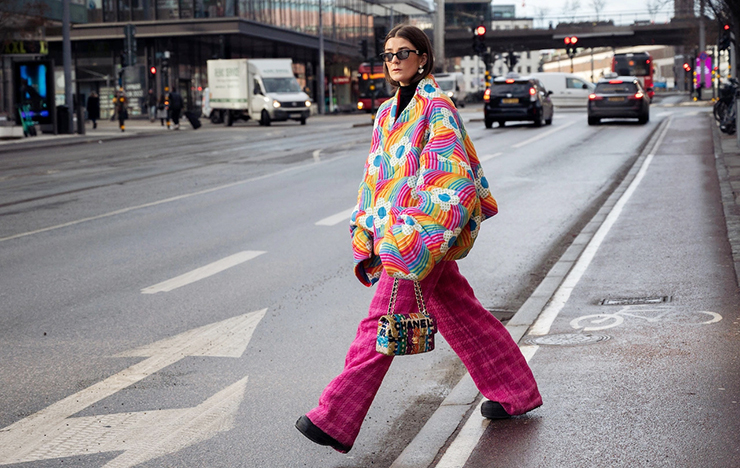How to Find Your Style in Clothes

Step 1: Understand your body shapes
The first and most important step is to understand the geometry of your body, to determine your most favorite body parts and those that you like less about yourself. This will allow you to work with proportions, find your styles without trying them on, correctly place accents in the look, emphasize the advantages and hide the flaws of your body.

Step 2: Learn to work with color
Determine your most successful colors, find your favorite color shades, and learn how to combine them. Make up your own color combination formula and use the color to complement the look in the most effective way. Or, as an alternative, try to build your wardrobe in the style of Uniform Dressing.

Step 3: Create a moodboard
Create a moodboard with the looks that inspire you. Analyze what exactly you like about these looks: a certain detail, a style, a repetitive print or accessory, a stylistic direction, or maybe a color combination?

Step 4: Find your distinguishing feature
This element of your future look can be any distinctive feature inherent in your particular style: clothes elements’ combination, accessories, characteristic color combinations, stylistic devices, etc. Use and repeat this element regularly in the interpretation of each of your looks.

Step 5: Arrange your blacklist
In your blacklist, include every clothing piece that is completely unacceptable for you. Even if all the world acknowledged stylists and trends praise something, but you don’t like it or feel uncomfortable, immediately add this item of clothing or trend to your blacklist no matter what.

Step 6: Who is your style icon?
Create a list of women or men who are your personal style icons. Here we are not talking about those celebrities who are at the peak of popularity, but about those (even if less known) whose style of clothing you admire of.

Step 7: Analyze your lifestyle
Write down your main activities — thus you will understand what type of occasions you will need the clothes for: business meetings, dates, informal parties with creative bohemian artists, etc. This will help you clearly formulate the goals and objectives that your wardrobe should solve. Personal style should organically fit into your life.

Step 8: Audit Your Wardrobe
Find out whether your current wardrobe is missing any specific clothing pieces, what clothes need to be replaced, and which ones to get rid of altogether. Also make a shopping list for future essentials of your new meaningful wardrobe.

Step 9: Find Your Brands
Make a list of brands of clothing, shoes, and accessories that you love for their style, fit and cut. Often brands repeat successful basic models from year to year, and if you are confident in the size range, then the possibility of a mistake with the size is greatly reduced. This applies not just to clothes, but also to shoes.

Step 10: Experiment
Don’t forget that your personal style can grow and evolve with you, so don’t be afraid to experiment!

